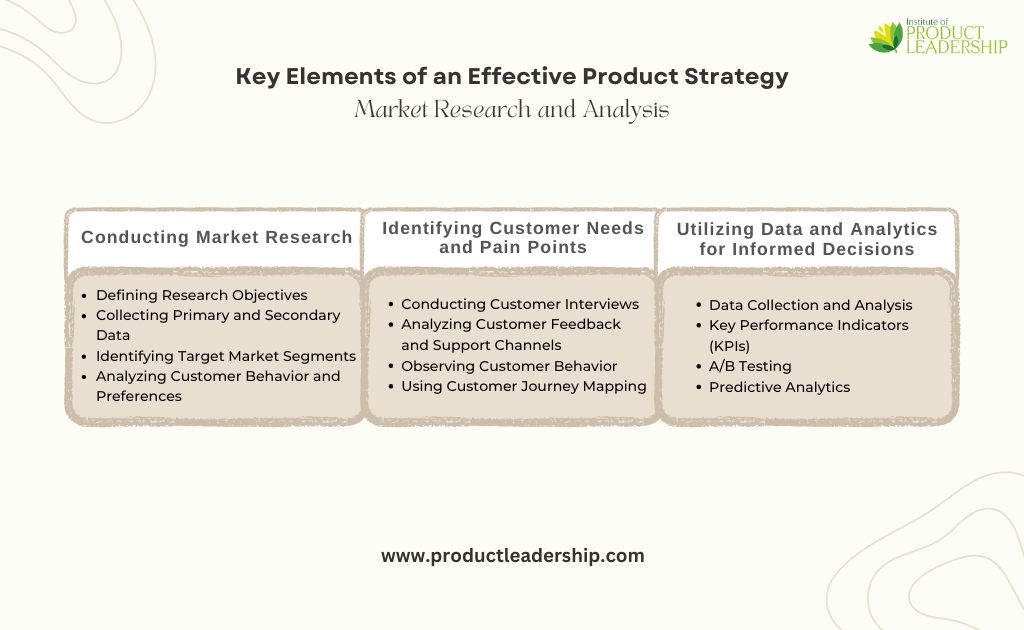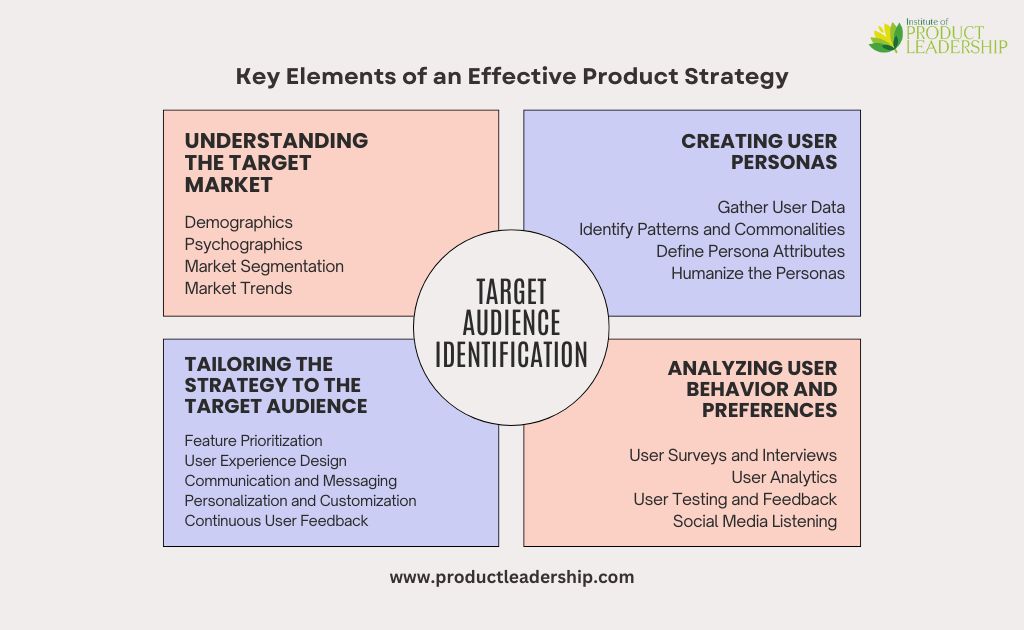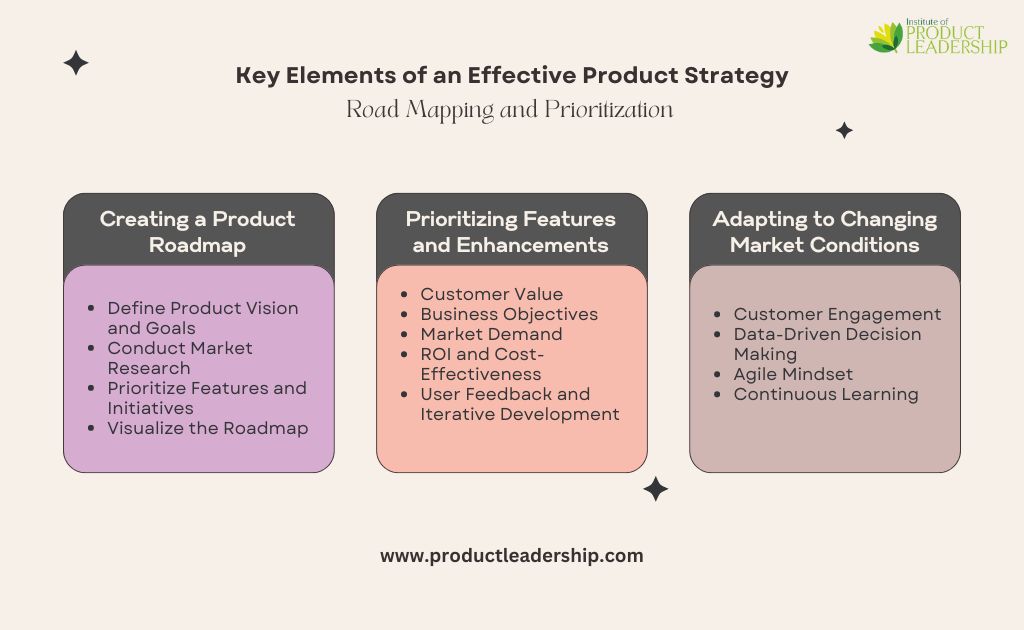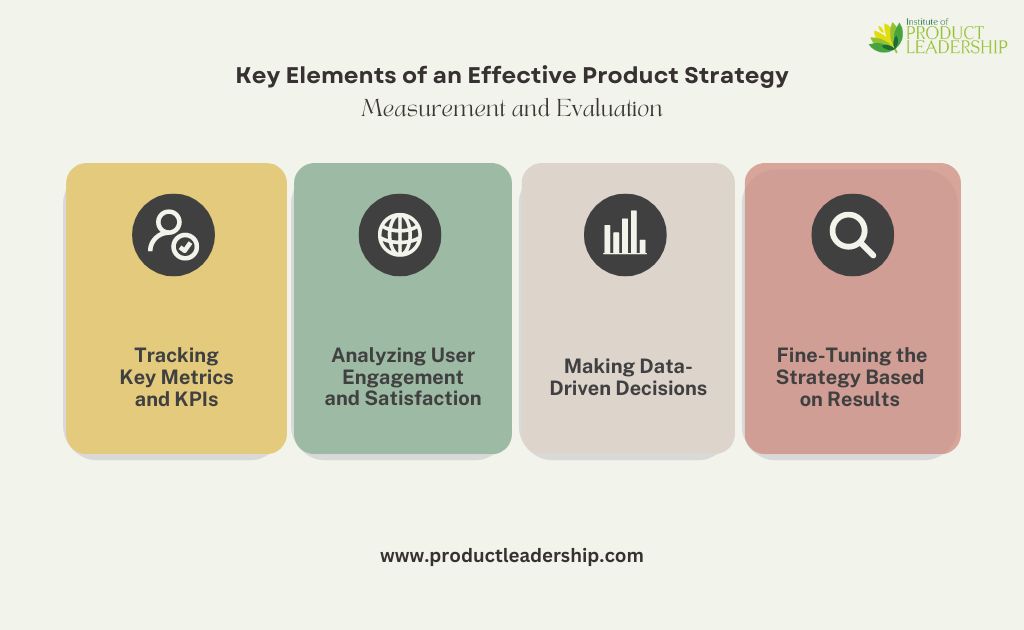In the product development process, execution and iteration play a vital role in turning the product strategy into a successful reality. This phase involves implementing agile development practices, effective project management, gathering and incorporating user feedback, and iterating to enhance the product continuously.
a. Agile Development and Continuous Improvement:
Agile development methodologies have gained significant popularity in the software industry due to their flexibility and adaptability. Agile practices, such as Scrum or Kanban, enable cross-functional teams to work collaboratively, prioritize tasks, and deliver incremental value to customers.
By adopting agile principles, product teams can break down the development process into smaller, manageable tasks known as user stories or backlog items. These tasks are prioritized based on customer needs and business value. Agile development allows for frequent iterations and continuous improvement, ensuring that the product evolves based on user feedback and changing market conditions.
b. Effective Project Management:
Effective project management is crucial for executing the product strategy and delivering the product within the defined scope, budget, and timeline. Project managers play a critical role in planning, organizing, and coordinating the various activities involved in product development.
Project management techniques, such as creating a project plan, defining milestones, allocating resources, and managing risks, help ensure that the product development process remains on track. Project managers facilitate effective communication and collaboration among team members, stakeholders, and other departments, promoting a shared understanding of project goals and objectives.
Moreover, project management methodologies like the Project Management Institute’s (PMI) Project Management Body of Knowledge (PMBOK) or PRINCE2 provide structured frameworks and best practices for managing projects successfully.
c. Gathering and Incorporating User Feedback:
User feedback is invaluable for understanding how well the product meets customer needs and identifying areas for improvement. Gathering user feedback can be achieved through various methods, such as surveys, interviews, usability testing, or analyzing customer support inquiries.
User feedback should be collected systematically and analyzed to identify patterns, trends, and common pain points. This feedback helps product teams gain insights into user preferences, identify usability issues, and validate assumptions made during the product development process.
To effectively incorporate user feedback into the product, teams can leverage tools like customer relationship management (CRM) systems or feedback management platforms. These tools facilitate capturing, organizing, and analyzing user feedback, ensuring that it is integrated into the product roadmap and prioritized for implementation.
d. Iterating and Enhancing the Product:
Iteration is a fundamental aspect of the product development process, enabling teams to continuously enhance the product based on user feedback and changing market dynamics. Iteration involves revisiting and refining various elements of the product, such as features, user interface, performance, or user experience.
During the iteration process, product teams analyze user feedback and prioritize the identified improvements based on their impact and feasibility. They then implement these enhancements through incremental releases or updates, allowing users to benefit from new features and improvements over time.
To support iterative development, product teams often adopt practices like continuous integration and continuous delivery (CI/CD) to streamline the release process and ensure a rapid and reliable delivery of updates to users. This iterative approach allows for faster response to user needs and market changes, enabling the product to evolve and stay competitive.











